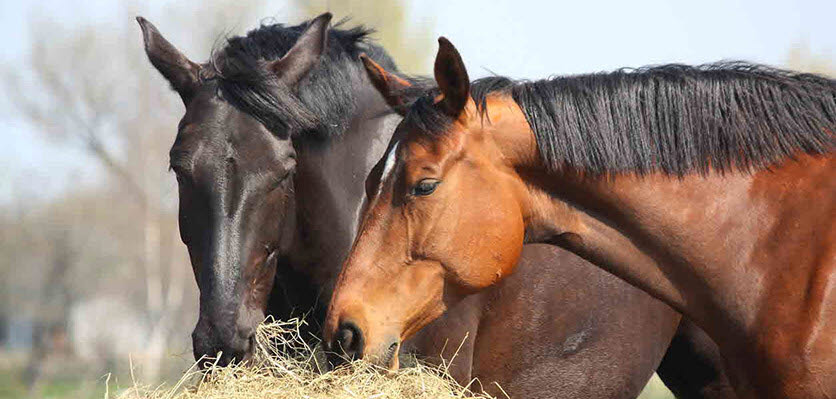
August 25 this year marked 10 years since the start of equine influenza (EI) outbreak in Australia, which was declared eradicated on 30 June 2008.
The response to the outbreak was the single largest animal disease emergency in Australian history, involving more than 10,000 properties, an area of over 280,000 sq km and more than 140,000 horses to be vaccinated.
- It caused unprecedented hardship and disruption to equine veterinarians and the wider horse industry across Australia.
- The outbreak triggered AUSVETPLAN, the technical response plan responsible for providing a national approach to, and consistent management of, an animal disease emergency. These measures included quarantine and movement controls, improved biosecurity measures, vaccination, and tracing and surveillance. The movement restrictions had a devastating effect on the equine industry, which relies on freedom of movement for competitions, racing and training and indeed all normal business operations. The outbreak caused serious disruption and economic loss to the veterinary profession in the affected jurisdictions, many of which were not recoverable.
Extraordinary efforts were taken to contain the outbreak to NSW and Queensland, and to prevent it from reaching the wild brumby population. In an example I saw at the time, drivers of horse floats or small trucks who seemed to think that the movement restrictions either didn’t apply to them, or that a quick trip home into Victoria wouldn’t be noticed, were highly surprised to find that all of the 32 border crossings at the Murray River between NSW and Victoria were manned 24/7 with armed guards. Nothing equine was going to cross that river.
The outbreak response included hundreds of private veterinarians involved in field operations in NSW and Queensland, thousands of individuals engaged in activities in the Local Disease Control Centres and at the State Disease Control Headquarters in both states, people from the various horse industry sectors, and scientists and technicians from the Regional Veterinary Laboratory and the Virology Laboratory at Elizabeth Macarthur Agricultural Institute, NSW, the Australian Animal Health Laboratory in Victoria and the Queensland Biosecurity Sciences Laboratory.3
Veterinarians played a decisive and critical role in the overall disease management program of the emergency response, including managing disease control with biosecurity on-farm visits, conducting surveillance testing between consultations, handling the stress of business downturn and counselling clients.
Information changed hourly and veterinarians had to keep up to date with the system of protocols that changed overnight and stay ahead of the preventive vaccination program. Because of the critical need to present Equine Veterinary Association (EVA) members with factual, verifiable and up-to-date information, from August 2007 the EVA provided regular news updates via their electronic publications. These increased communications continued long after the Equine Influenza emergency.
EVA members’ representation included ongoing liaison with NSW and Queensland departments of primary industry; regular dialogue and meetings with the Commonwealth and state Chief Veterinary Officers, indirect representation on the Consultative Committee on Emergency Animal Diseases (CCEAD) and National Emergency Animal Disease Management Group. Other regular consultations were also conducted with peak bodies representing the horse industry and ongoing liaison with relevant ministers on funding assistance. Incoming EVA President at the time, fortuitously, was virologist Professor James Gilkerson. As he said: “Influenza has enabled the EVA to strengthen our links with the State departments of primary industry around the country, with the Commonwealth as well as with other important groups within the horse industry and this will be a benefit to all members into the future.”
In 2011, the Australian Veterinary Journal published a supplement that included 60 papers and abstracts that covered all the clinical and scientific areas of the outbreak and the response, from the initial clinical signs in the horses, through to the epidemiology of the disease, vaccination, the problems of managing an outbreak between very different government jurisdictions and its economic and social effects. It stemmed from a request, in February 2008, from the CCEAD that an authoritative account of the 2007 influenza outbreak in Australia is published.3 CCEAD established a working group that was chaired by Dr. Ron Glanville, Queensland Chief Veterinary Officer, and included Drs Rick Webster, Peter Kirkland, Barbara Moloney and Richard Rubira.
The supplement took a considerable time to put together, mainly because of the difficulties of coordinating over 100 authors, multiple Commonwealth and State government departments, as well as universities and other institutions. Because of the jurisdictional interrelationships, it was important that everything was signed off and cross-checked by multiple departments.
For me, the supplement had an entertaining start, as its existence had to remain confidential. This lead to several surreptitious phone calls along the lines of, “I have heard that you may be putting together a secret supplement on EI in the Australian Veterinary Journal. If there was one, who would I need to talk to, to get more information?”
To which I would reply, “Well, hypothetically, if such a thing were to exist, you may be able to get more information from a member of the mythical working group and his phone number is...” This went on for months!
The eventual list of authors and reviewers reads like a who’s who of epidemiology, biosecurity, virology, statistics and equine researchers and clinicians in Australia, and is indeed the authoritative scientific and clinical account of the outbreak.
As a letter to the editor from Dr. Ken Jacobs notes,4 the supplement does not include the more political aspects of the outbreak, including the intense discussion surrounding the implementation and extent of the vaccination program as part of the disease management and eradication program. The outbreak also highlighted some surprising gaps in knowledge, including the very limited data available on the non-racing sectors of the Australian horse industry. Subsequent studies have attempted to find out more data on the demographics of horses and their owners,5,6 and others have surveyed equine veterinarians to assess not only their biosecurity training but their opinions on the management of the EI outbreak.7
If you would like to read about the clinical and laboratory aspects, the epidemiology, response management, vaccination, social and industry aspects and finally monitoring and proof of freedom from disease, the papers are available on the AVJ site on the Wiley online library, or as hard copy by emailing me at editor@ava.com.au.
References
- Webster WR. Overview of the 2007 Australian Outbreak of equine influenza. Aust Vet J 2011;89:1:3–4.
- Jackson AE. In this issue: Equine influenza in Australia in 2007 – the definitive story. Aust Vet J 2011;89:1
- Glanville R. Foreword. Aust Vet J 2011;89:1.
- Jacobs K. Equine influenza supplement [Letter to the Editor]. Aust Vet J 2012;90:3.
- Smyth GB, Dagley K. Demographics of Australian horse owners: results from an internet-based survey. Aust Vet J 2015;93:433–438.
- Smyth GB, Dagley K. Demographics of Australian horses: results from an internet-based survey. Aust Vet J 2016;94,52–59.
- Schemann K, Toribio J-A, Taylor M et al. Survey of Australian equine veterinarians evaluating their biosecurity training and perceptions and opinions about the management of the 2007 equine influenza outbreak. Aust Vet J 2014;92:93–100.
This article appeared in the October 2017 issue of the Australian Veterinary Journal
